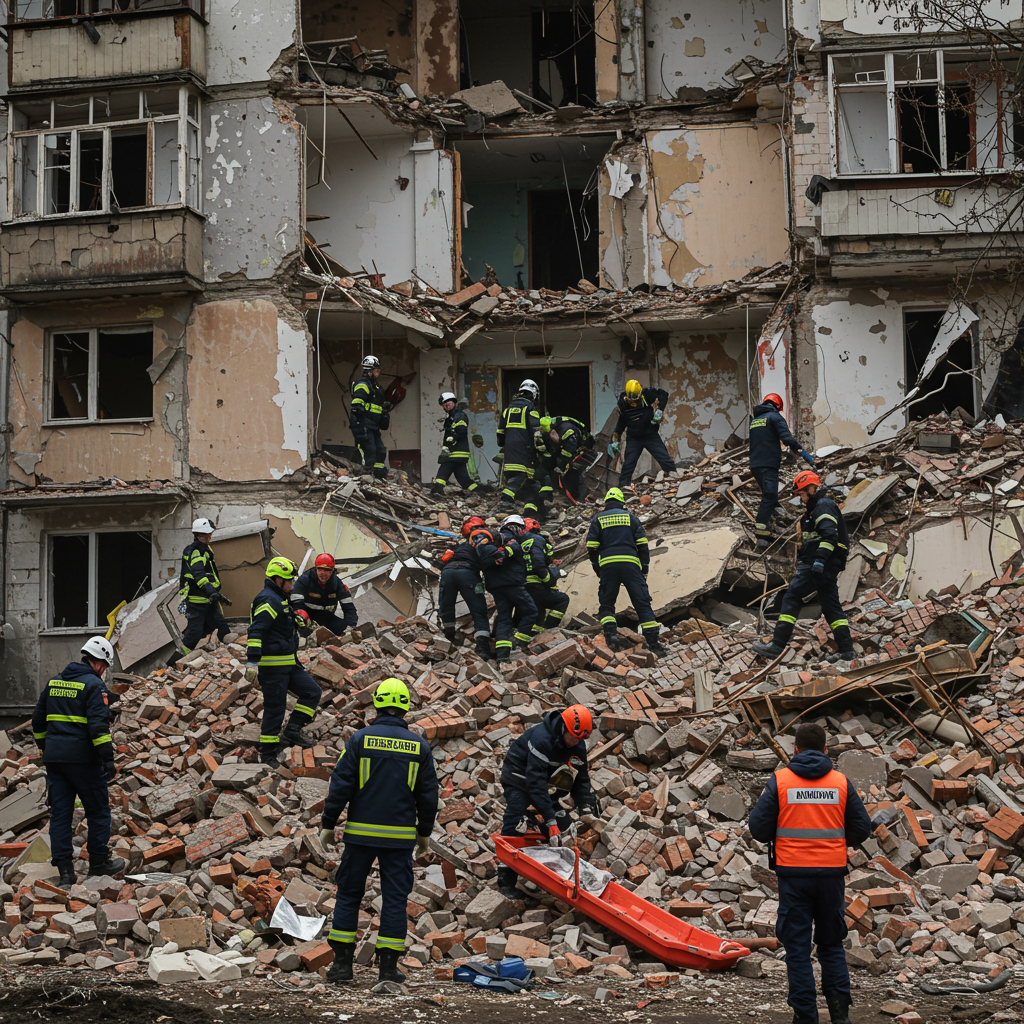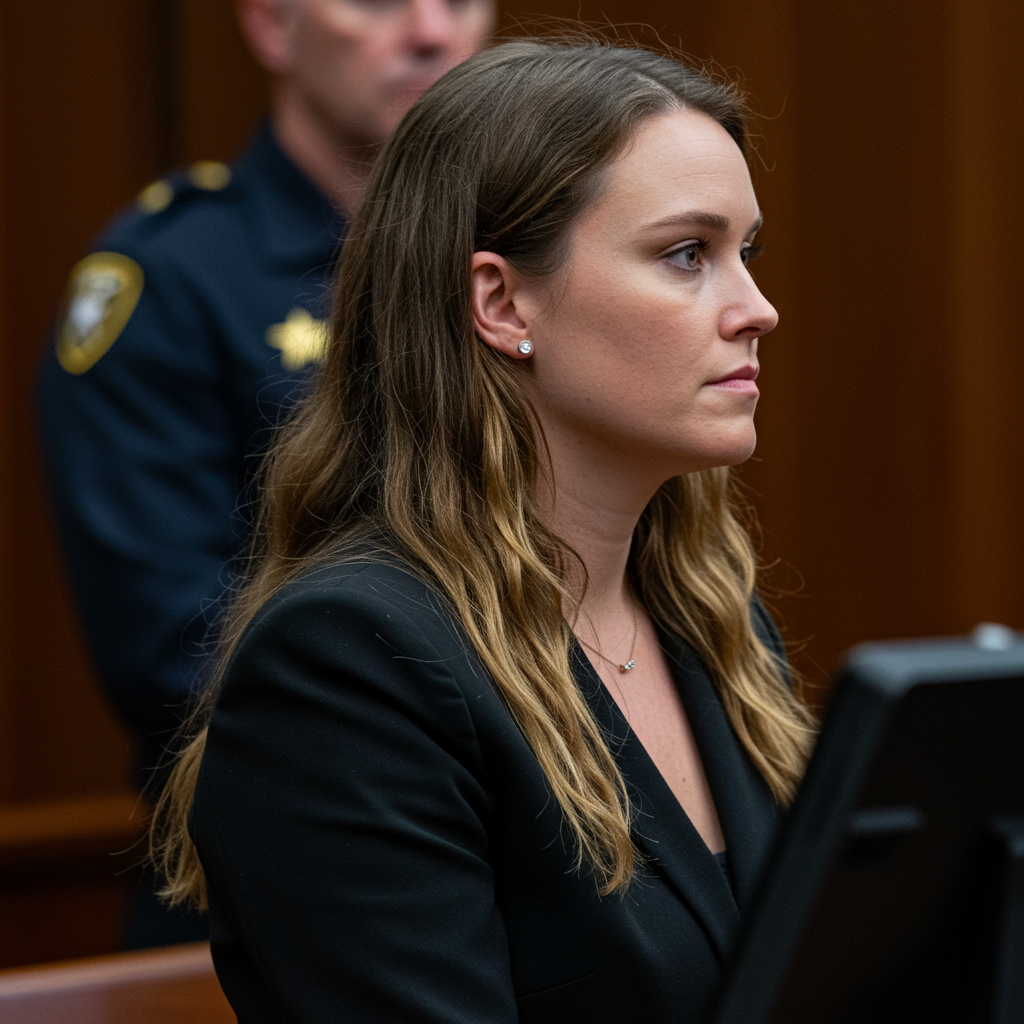Kyiv officials confirmed on Wednesday, June 18th, that the death toll from a major Russian missile and drone attack on the Ukrainian capital the previous day has risen to 28. Emergency services continue search and rescue operations amidst the rubble, primarily focused on a nine-story residential building in the Solomianskyi district that sustained a direct hit.
This latest assault, described by Ukrainian authorities as one of the most devastating on Kyiv since Russia’s full-scale invasion began more than four years ago, targeted the city early on Tuesday morning while many residents were asleep.
Attack Details and Destruction
The barrage on Kyiv was part of a much larger wave of strikes across Ukraine. Nationwide, Russia launched hundreds of drones and dozens of missiles in an apparent attempt to overwhelm air defenses. Kyiv itself was targeted with a mix of Shahed-type drones, cruise missiles, and ballistic missiles.
The nine-story apartment building in Solomianskyi bore the brunt of the attack, with a section completely collapsing. Of the 28 fatalities recorded in Kyiv, 23 were recovered from this single destroyed building. The remaining five deaths occurred elsewhere in the city.
Beyond the fatalities, the attack also resulted in a significant number of injuries. Over 130 people were wounded in Kyiv alone, with the total number of injured across Ukraine exceeding 150. The force of the explosions caused widespread damage in the surrounding areas, blowing out windows and doors in neighboring buildings and leaving streets littered with debris.
Rescue Efforts and Humanitarian Impact
Rescue efforts at the collapsed building site are ongoing. Emergency workers are using heavy equipment, including cranes and excavators, along with hand tools and search dogs, to sift through the debris in hopes of finding more victims or survivors. The sheer scale of the destruction and the emotional toll on the community are profound.
Kyiv authorities declared Wednesday a day of mourning for the victims. Mourners have gathered near the site, laying flowers and paying respects. Psychologists are on hand to provide support to survivors and grieving families, many of whom waited anxiously for news of their loved ones trapped in the rubble. Personal accounts from survivors highlight the terror and helplessness experienced during the intense bombardment.
Political Context and Calls for Aid
The deadly attack occurred amid complex international dynamics, including the G7 summit where the conflict in Ukraine was a key topic, alongside stalled peace negotiations. Russia’s Defense Ministry claimed its strikes targeted military facilities, but Ukrainian officials and evidence on the ground point to extensive civilian casualties, contradicting Russia’s assertions that it avoids hitting civilian targets.
Ukrainian President Volodymyr Zelenskyy condemned the strikes as “pure terrorism,” directly blaming Russian leadership and calling for a strong global response akin to how civilized societies react to terrorism.
The need for continued international support for Ukraine was underscored by Estonian Prime Minister Kaja Kallas. Echoing a warning from NATO Secretary General Mark Rutte, Kallas emphasized that Ukraine serves as Europe’s “first line of defense” against Russian aggression. She warned that if aid falters, Europeans “should all start learning Russian,” stressing that strength is the only language Russia understands. Kallas highlighted the importance of sanctions in weakening Russia’s ability to wage war, urging the EU and its partners to do more for Ukraine, both for Ukraine’s security and their own.
Despite international efforts and discussions, the intensification of Russian long-range attacks targeting urban areas continues, aligning with Russia’s ongoing offensive on the front lines and causing immense human suffering far from the battlefields.




